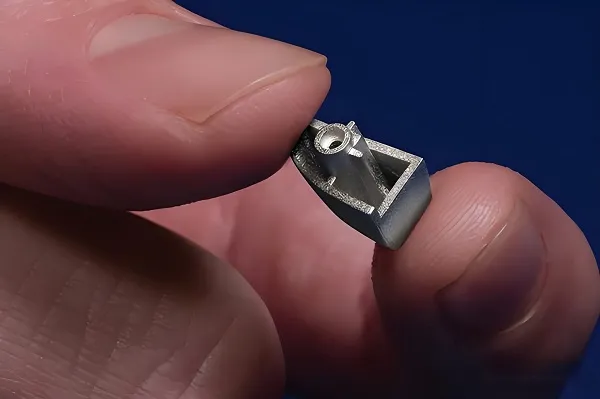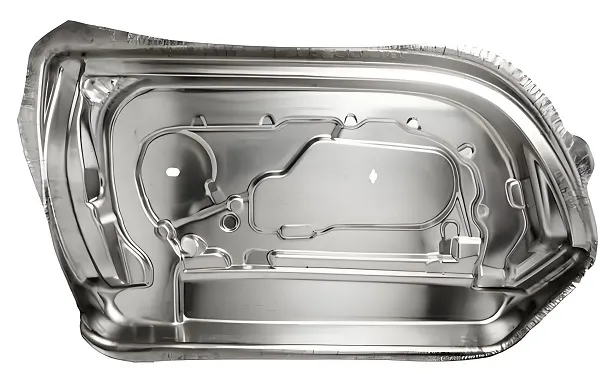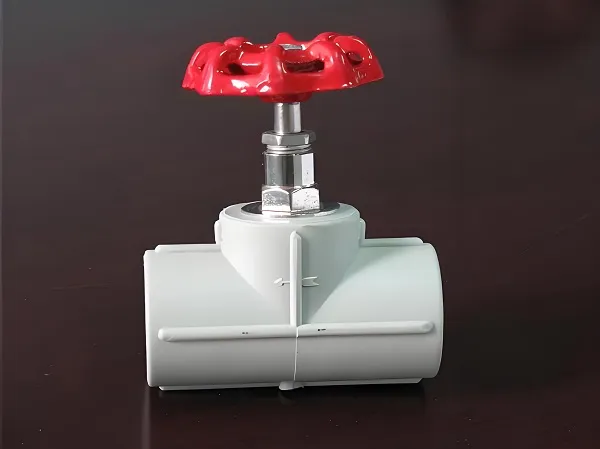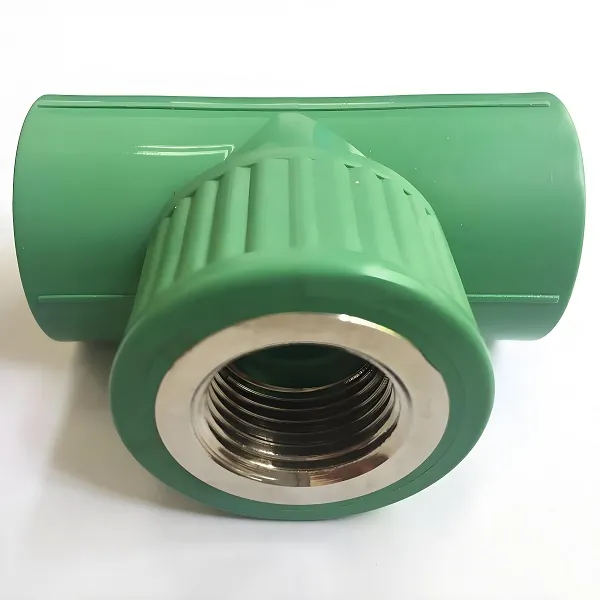In the field of high – end engineering plastics, MC nylon (monomer casting nylon) has become an ideal material for functional parts such as bearings, gears, and structural bushings due to its excellent wear resistance, high mechanical strength, and low friction coefficient. However, its excellent toughness also brings processing challenges – traditional cutting is prone to causing material springback, burr growth, and thermal deformation. Modern CNC technology, through precise parameter control and intelligent process design, is pushing the customized production of MC nylon special – shaped parts to new heights of precision and efficiency.
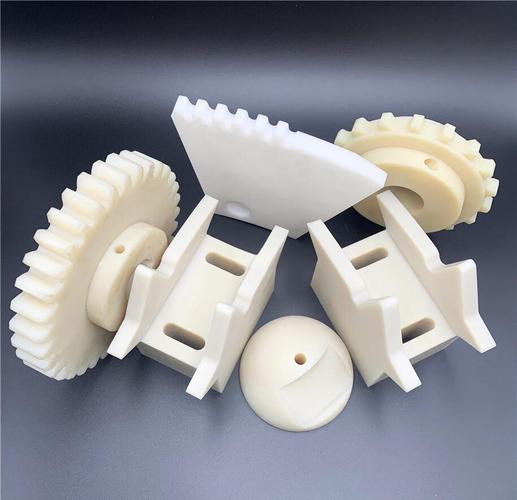
I. Material Characteristics and Processing Challenges: Why Does MC Nylon Require a Professional CNC Solution?
The mechanical properties of MC nylon (such as Type 6/Type 12) are significantly different from those of metals:
-
High toughness and low thermal conductivity: The tensile strength reaches 90 MPa, but the thermal conductivity is only 0.3 W/m·K. Cutting heat is likely to accumulate, leading to softening and deformation 5;
-
Hygroscopic sensitivity: When the moisture content of the undried material is > 0.8%, the shrinkage rate after processing fluctuates between 0.3% – 0.8%, affecting dimensional stability 5;
-
Tendency to stick to the tool: It is easy to adhere to the tool during cutting, especially when processing deep grooves or thin – walled structures, and burrs are likely to remain on the surface 8.
Key countermeasures: Pre – drying treatment (80°C/4 hours, controlling the humidity to < 0.2% moisture content) + constant – temperature cooling system (air – cooling or mist – cooling, avoiding the penetration of water – based coolant) 8.
II. Core of Process Optimization: Tools, Parameters, and Multi – axis Coordination
(1) Tool Selection and Geometric Design
-
Priority on sharp edge: Use diamond – coated carbide end – mills with a rake angle γ = 15°–20° to reduce cutting resistance; the tool – tip arc radius is R0.2–R0.5 to suppress edge chipping 19;
-
Dedicated chip – evacuation grooves: Increase the chip – holding groove volume by 30% and set the helix angle at 35°–45° to improve the long – chip evacuation efficiency.
(2) Scientific Matching of Cutting Parameters
In view of the viscoelastic response characteristics of MC nylon, it is necessary to balance the cutting force and heat accumulation:
| Process Type | Spindle Speed (RPM) | Feed Rate (mm/rev) | Cutting Depth (mm) | Linear Speed (m/min) |
|---|---|---|---|---|
| Roughing | 2500–3500 | 0.15–0.25 | ≤5D* | 120–150 |
| Finishing | 4000–6000 | 0.02–0.08 | 0.1–0.3 | 180–220 |
| *D is the tool diameter. Avoid full – edge cutting (recommended radial cutting width ≤ 0.6D) 14 |
(3) Multi – axis Dynamic Compensation Technology
-
5 – axis simultaneous trochoidal milling: For deep – cavity special – shaped parts (such as turbine blade dovetail grooves), adopt a contact angle control strategy (Contact Angle ≤ 45°). The tool path automatically integrates spiral penetration and trochoidal expansion, reducing the cutting force by 40% 4;
-
Real – time vibration suppression: Equipped with high – end CNC systems such as FAGOR 8055, with a pre – processing time ≤ 1.4ms. Enable G51 dynamic smoothing at the inflection points of the surface to avoid vibration marks 10.
III. High – speed Finishing and Surface Quality Control
(1) Stratified Polishing Strategy
-
Gradient control of finishing allowance: Leave a roughing allowance of 0.5mm → semi – finishing allowance of 0.15mm → final milling in two passes (first pass 0.1mm, last pass 0.05mm) to eliminate springback errors;
-
Constant surface linear speed cutting: Enable the CSS mode in the finishing stage to ensure the consistency of Ra in the curvature – changing area (measured Ra ≤ 0.8μm) 49.
(2) Deburring and Dimensional Stabilization
-
On – machine micro – chamfering process: Immediately after finishing milling, use a 0.2mm ball – nose end – mill to lightly repair the edges at 8000 RPM and 0.01mm/rev;
-
Post – treatment aging: After processing, store at a constant temperature (60°C) for 24 hours to release internal stress, and the dimensional tolerance is stabilized within ±0.03mm 8.
IV. Typical Application Cases: Efficient Customization of Special – shaped Parts
-
Lightweight gearbox planet carrier: 5 – axis simultaneous machining center, complete the contour milling of asymmetric arms and boring of bearing holes in one clamping (hole position accuracy ±0.015mm);
-
Ultra – low friction bearing bush: Turning – milling composite center integrates precision turning of the outer circle + engraving of internal spiral oil grooves (groove width 1.2mm ± 0.05, depth – to – diameter ratio 1:8);
-
Bionic robot joint parts: Based on the iMachining HPC strategy, large cutting depth (4×D) combined with variable – step – pitch spiral toolpaths, reducing the processing time by 35% 4.
V. Digital Closed – loop: Integrated Assurance from Design to Quality Inspection
-
CAD/CAM intelligent programming:
-
Use the Creo NC – PerfectPart module to automatically generate the probe measurement path based on the 3D model of the workpiece, shortening the alignment time by 50% 26;
-
-
On – machine inspection integration:
-
The Renishaw RMP600 probe realizes sub – micron – level verification of key dimensions after processing (such as flatness of the mating surface ≤ 0.01mm) 2;
-
-
Process parameter cloud library:
-
Accumulate an MC nylon material database (including cutting force models, tool wear curves) and iteratively optimize the processing plan for new parts 410.
-
Customize Your Engineering Plastic Solution
When you face the needs of special – shaped structures with high loads and low wear, the integration of MC nylon and CNC precision processing means a breakthrough in the balance of performance and cost. Relying on multi – axis turning – milling centers (standard 12,000 RPM spindle + high – pressure air – cooling) and material process laboratories, we provide a full – link customized service from material pre – treatment → dynamic cutting simulation → finished – product aging control.
Are you facing the following challenges?
-
Vibration control in the processing of complex – surface MC nylon parts?
-
Rapid process deployment for small – batch and multi – variety orders?
-
Long – term stability requirements for micron – level accuracy of assembly interfaces?
Submit your design drawings to get a free processing feasibility report! It includes: material drying plan suggestions, tool – path simulation video, step – by – step quotation sheet (including surface treatment options). Click [Online Consultation] or call +86-18150097490, and let the professional technical team customize a “zero – defect” production path for you.
At the boundary of rigidity and flexibility, we use data as a blade to carve the precise soul of engineering plastics.


